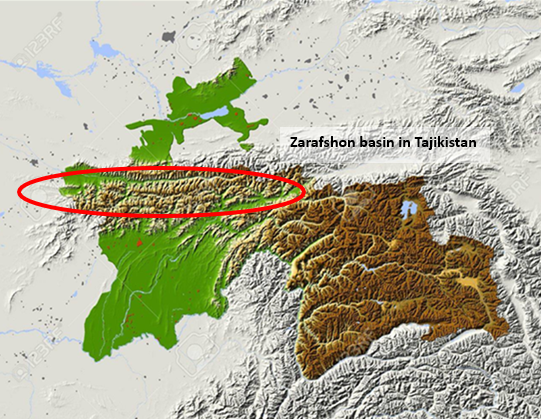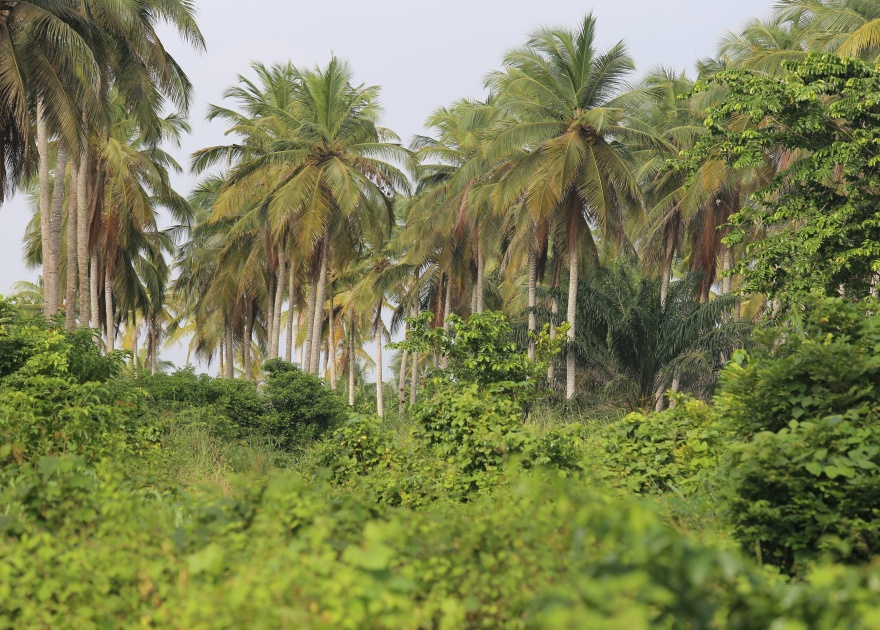Landell Mills project implements Soil and Water Assessment Tool in Tajikistan for the first time
As part of the Zarafshon Integrated Basin Project (ZIBP), implemented by Landell Mills and funded by the EU, the Soil and Water Assessment Tool (SWAT) has been used in Tajikistan for the first time. The ZIBP, which started in 2016, is concentrated in the Zarafshon river basin and aims to contribute to sustainable management and protection of water land resources in the river basin.
One of the main aims of ZIBP is to support the Government of Tajikistan in Water Sector Reform. This will include a management plan for the Zarafshon River Basin, containing descriptions of the water resources of the basin, as well as water allocation plans, which are integral to the Integrated Water Resources Management (IWRM) approach.
The SWAT model contributes to the IWRM approach by making it possible to predict the long-term impact of new land management practices, development of water supply, industry and other water related sectors on river flow in the Zarafshon basin. As the first attempt to model a river basin within the implementation framework of the Water Sector Reform in Tajikistan, the project hopes to expand the use of the model into the other basins.

Location of the Zarafshon river basin of Tajikistan
The Zarafshon basin, in Central Asia, is dominated by snowmelt with high terrain topography and plays a significant role in the hydrological regime of the basin. The Dupuli gauging station is the main station on the Zarafshon river, representing the basin hydrology, and collects flow data observations which are used to calibrate the SWAT model - a process which involved the analysis of 16 years' worth of data.

HYDROGRAPHS GENERATED BY SWAT FOR THE CALIBRATION PERIOD (2005 – 2010) AND VALIDATION PERIOD (2011 – 2015) AT THE DUPULI STATION.
Good performance of the model at the Dupuli station now suggests that the SWAT model in the Zarafshon basin can be considered as calibrated, with a well simulated flow dynamic.
Team leader on the ZIBP, Claude de Patoul said: "The first attempt to model the Zarafshon river basin is a significant milestone in the implementation of Water Sector Reform in Tajikistan."
Sessions to disseminate these first results, their uses and applications, as well as training courses on the modelling approach and data collection will be organised towards the end of the year.


